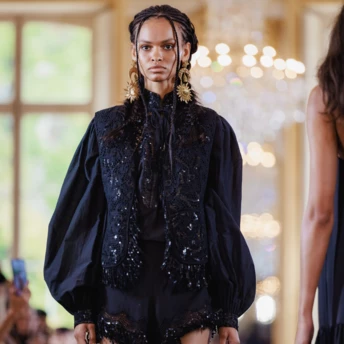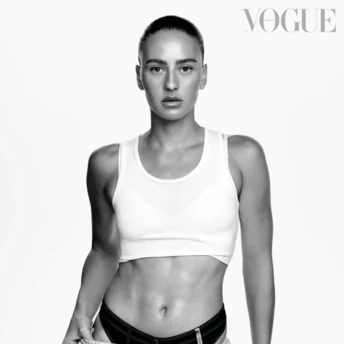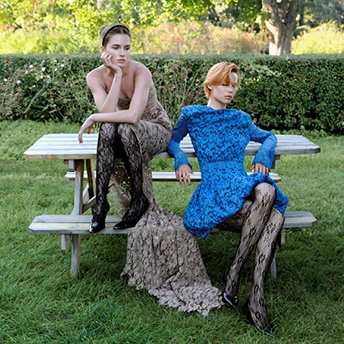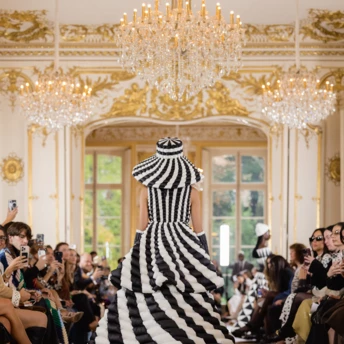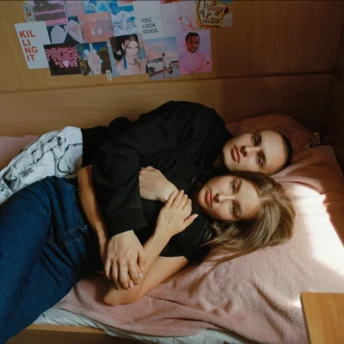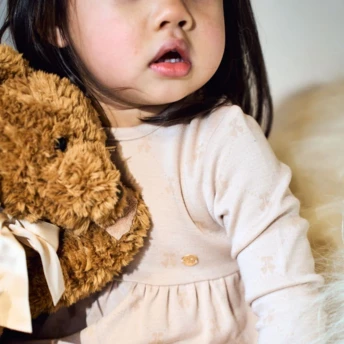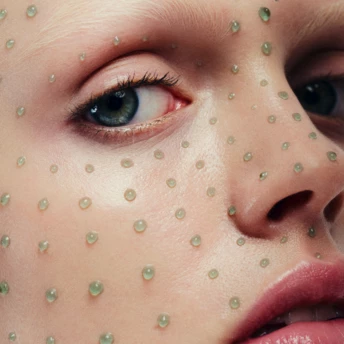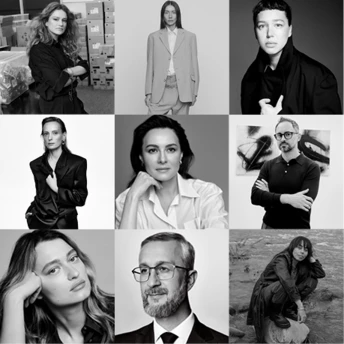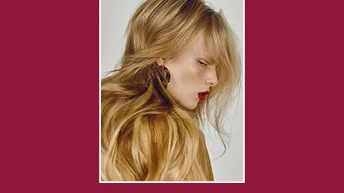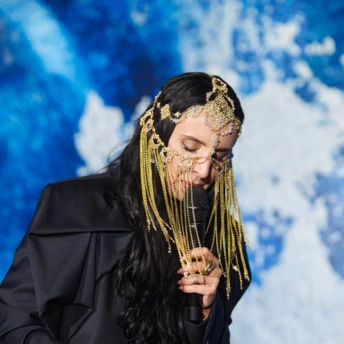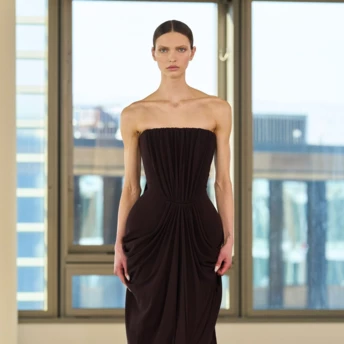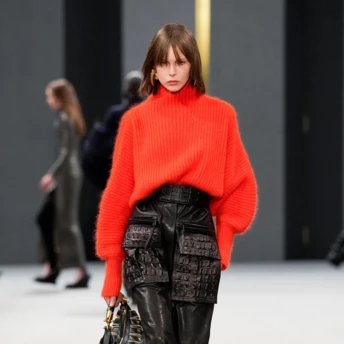Wind of Change: Women Overcoming Gender Stereotypes in Careers. Olesia Holub, blast furnace shop, Kametstal Steel Plant
In March, Vogue Ukraine released its new Issue No. 9, featuring "Wind of Change." This project highlights women who are breaking gender stereotypes in their professional environment. For the first time in the magazine’s history, Vogue UA presents a subway operator, a mine clearance expert, a drone assembler, a tractor driver, a UAV operator, and a blast furnace worker.
Olesia Holub, a production forewoman at the blast furnace shop of the Metinvest Group’s Kametstal steel plant.

Olesia Holub is 42 and has spent nearly half her life working at Kametstal in the Dnipropetrovsk region—one of Ukraine’s largest metallurgical enterprises, and the only facility in the world that produces specialized blanks for railway transport, later used in train cars and locomotives.
Kametstal is like a city within a city. Situated on the banks of the Kamyanske Reservoir, covering hundreds of hectares, the plant operates around the clock, smelting ore. Its history dates back to the late 19th century, when a railway line connecting the Donetsk coal basin and Kryvyi Rih iron ore basin was built. It passed by the village of Kamyanske on the Dnipro River. Today, Kamyanske is a major industrial city with a population of about 250,000.
In February 1889, Belgian, Polish, German, and French entrepreneurs and engineers launched the first blast furnace and established a metallurgical plant. That same year, its iron and steel products were showcased at the Paris Exposition—an occasion for which the Eiffel Tower had been built—and received the Grand Gold Medal. So, the distance between Olesia’s site for handling molten slag and Paris is, in a way, shorter than it seems.

"As a child, I wanted to become a doctor, an ob-gyn. I dreamed of seeing life being born," Olesia says. "And in a way, that’s what happens here, too. From molten raw materials—iron ore, sinter, pellets, and coke—products that the world needs are being born." These include cast iron, fittings, and rolled steel—essential materials for building skyscrapers and bridges, laying railway tracks and subway lines. She continues: "I got into metallurgy by accident. I took the entrance exams to Dnipro State Technical University with a friend, almost on a whim. A few years later, I graduated as a mechanical engineer, which set me on a clear path toward production work."
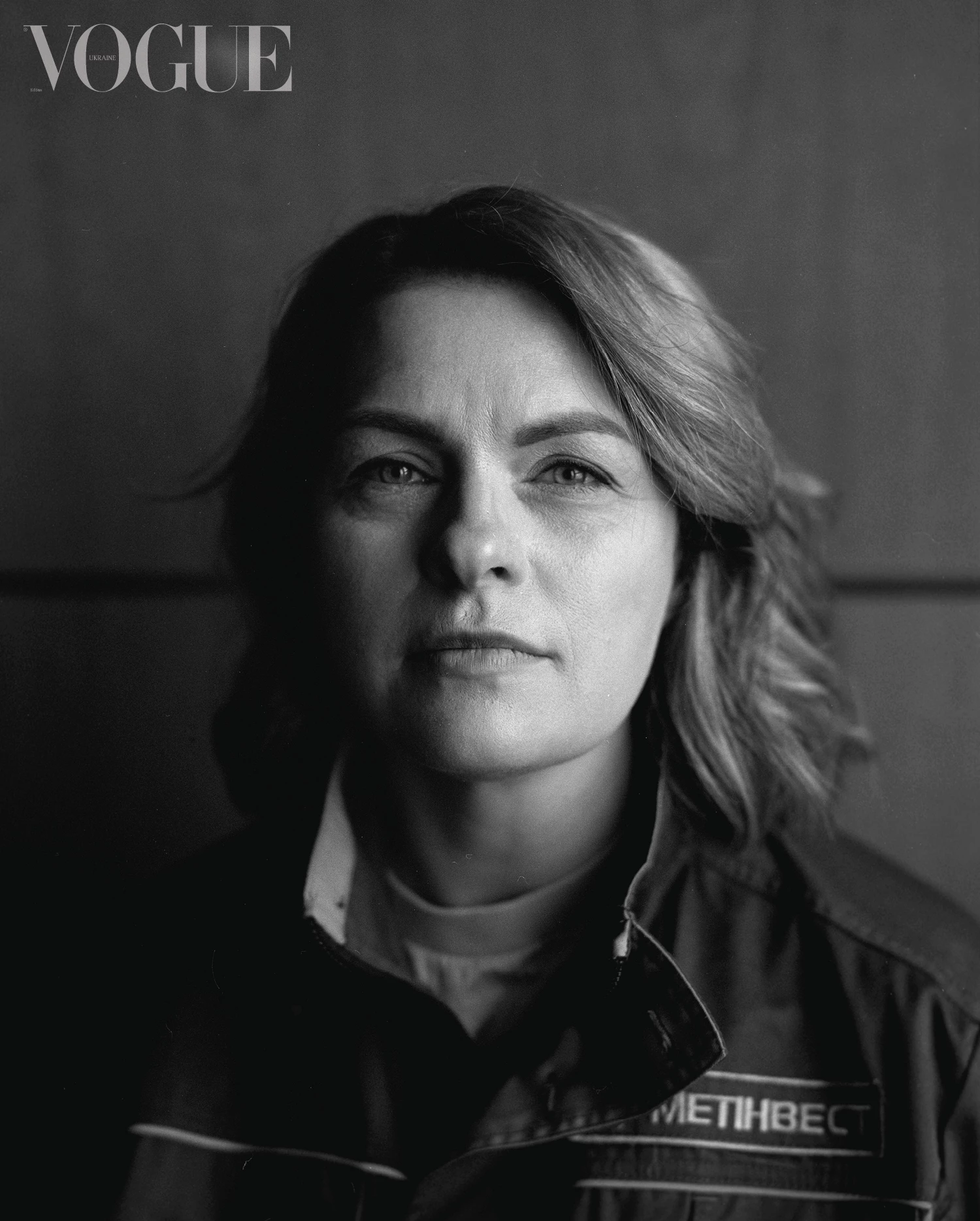
Olesia began in the blast furnace shop, working with a shovel and a crowbar. Later, she moved into administrative roles. Six months ago, she was offered the position of production forewoman. She hesitated at first. "In my previous job, I was responsible for paperwork. Now, I’m responsible for people’s lives," she says. Today, Olesia supervises the section where giant loading buckets transport slag from the blast furnace. She coordinates operations, assigns team members to various zones, and monitors safety.
The work is intense—loud, hot, and suffocating. That’s why it’s traditionally been seen as "men’s work." But Olesia’s determination—and the changing demands of wartime—are reshaping that view. With many metallurgists now serving in the Armed Forces of Ukraine, women are stepping into roles that were once off-limits to them.

Everyone wears the same uniform, regardless of rank or gender: jacket, pants, safety goggles, and a helmet. The only personal touch Olesia adds is a bold nail design. And after each shift, she treats herself to a drop of her favorite perfume—Lanvin Éclat d'Arpège, a soft floral scent.
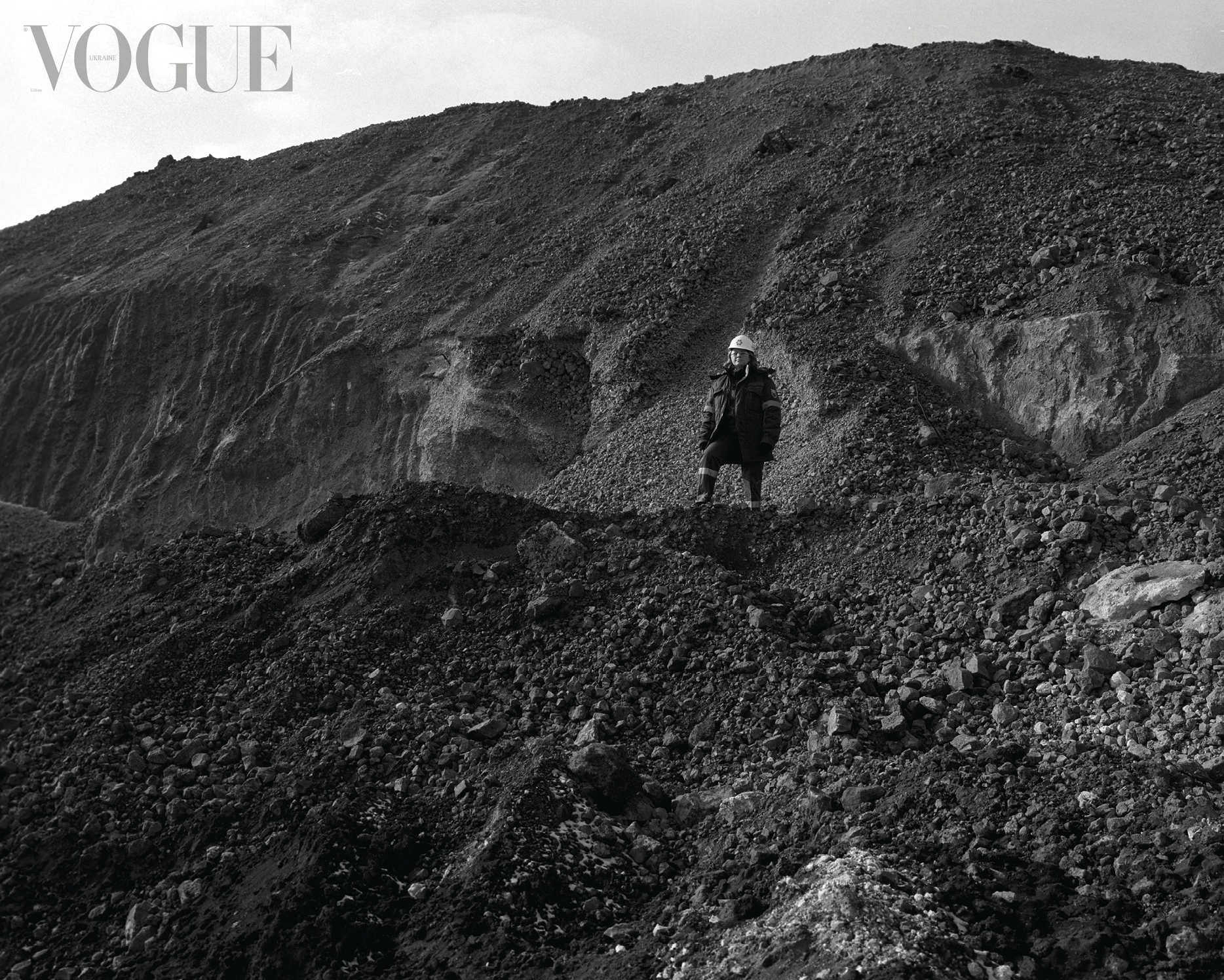
Waiting for her at home are her two sons: 8-year-old Tymofii and 13-year-old Illia, who turns 14 in April. "Sometimes I tell them I have fifty people working under me—and they’re easier to handle than the two of them," she laughs. "My eldest says, ‘That’s because they’re scared of you. We know you’re actually nice.’"
And she is. "I love my job, and I love my team," Olesia says. "Their dedication inspires me every day."
Photo: Vasylyna Vrublevska
Videography: Polina Hrebenik
Interview: Yana Paniushkina, Valya Anokhina
Editing: Maryna Shulikina
Hairstyling: Nataliia Yarko
Make-up: Vladyslava Bachurina
Production: Marina Sandugey-Shyshkina
Project Curator: Alyona Ponomarenko
Читайте також

Вітер змін: жінки, що долають гендерні стереотипи в професії. Леся Ганжа, позивний Крапля, операторка дронів

Вітер змін: жінки, що долають гендерні стереотипи в професії. Оксана Петловнюк, трактористка



